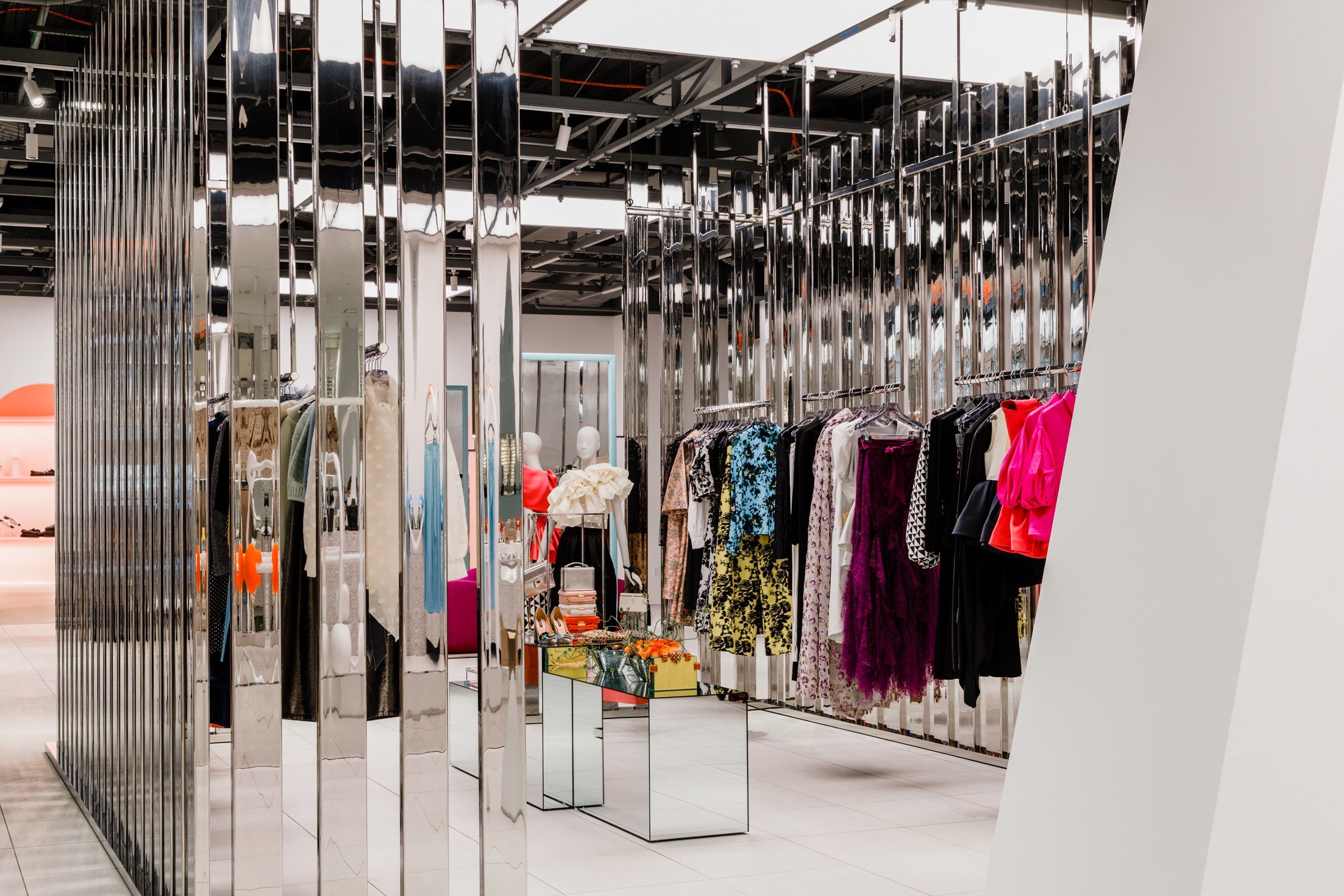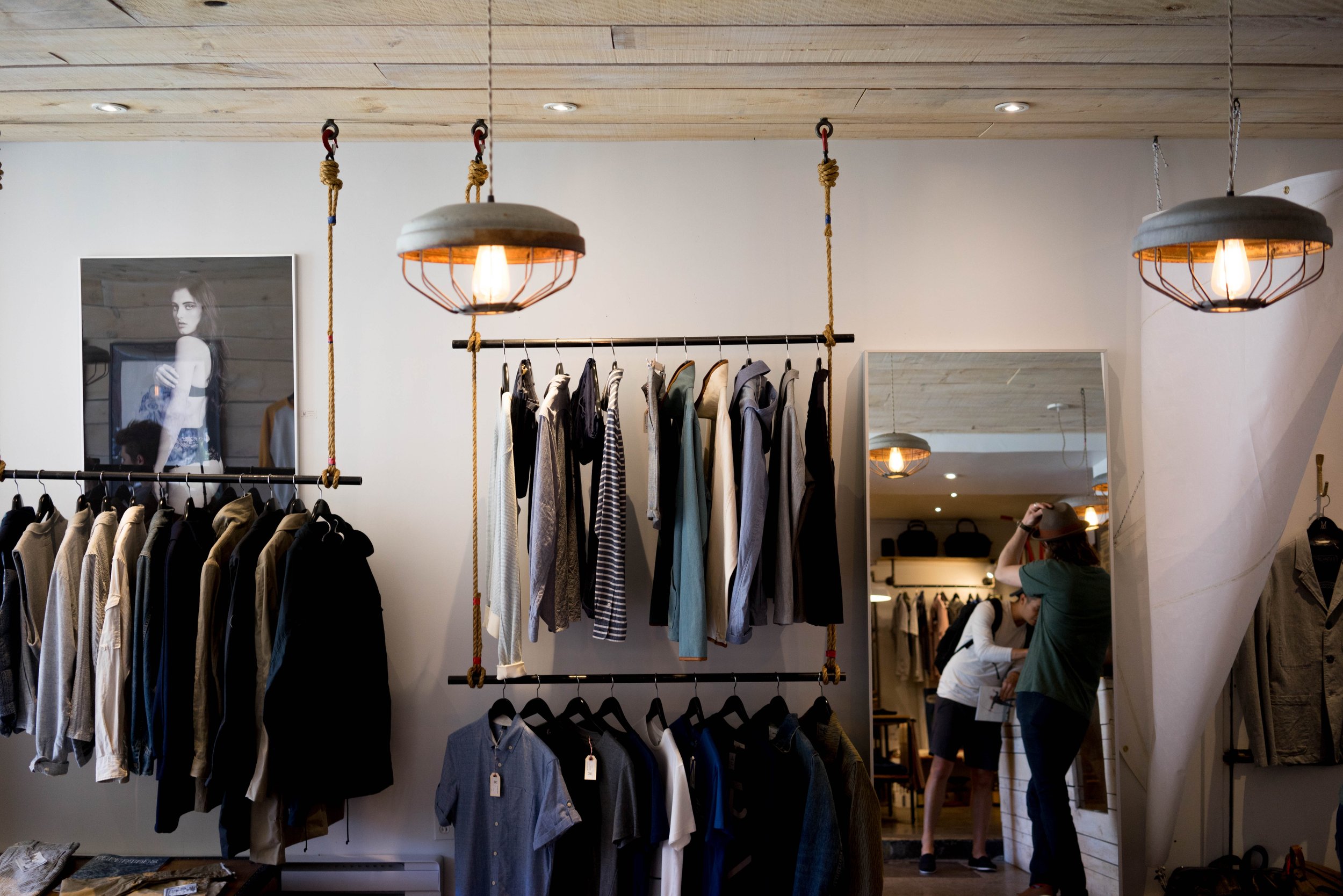The Reason Why Boutique Fashion is the Ultimate Selection for One-of-a-kind Design
A Deep Study the Globe of High-Fashion Runways: Comprehending Garments as Art
High-fashion runways have actually emerged as arenas where clothes transcends its practical beginnings, developing into a sophisticated type of creative expression. Developers, just like skillful artists, weave elaborate narratives through shade, material, and type, redefining and testing traditional norms beauty standards. These programs are a lot more than simple screens; they are immersive experiences, where every stitch and seam narrates rich with cultural significance and progressive advancement. As we check out these sartorial spectacles, we must ponder: what role does style play in forming social worths, and how does it mirror the ever-changing tapestry of human feeling and identity?
The Evolution of Runway Reveals
The trajectory of runway programs has changed substantially over the decades, advancing from exclusive sector events to exciting spectacles that mix style with art. Typically, path programs made love events, kept in ateliers or small venues, mainly participated in by purchasers and sector insiders. These early discussions concentrated on the garments' workmanship and commercial viability, supplying a direct and functional screen of seasonal collections.
As the style sector increased, the nature of runway programs started to transform. The 1970s and 1980s noted a transforming factor, with developers looking for to distinguish themselves through more staged discussions.
Over the last few years, modern technology and social networks have additionally reinvented runway shows, making them accessible to an international target market. Livestreaming and electronic systems have democratized fashion, enabling enthusiasts worldwide to witness these events in real-time (boutique fashion). This evolution reflects a broader social change, where high-fashion runways act as a dynamic intersection of performance, design, and advancement
Designers as Enthusiast Artists
How have developers transcended their functions to become visionary musicians? Designers in the high-fashion industry have actually blurred the lines in between practical garment creation and the theoretical realm of art. This transformation is obvious in the method they approach their collections, not merely as garments yet as extensive expressions of feeling, identity, and culture. By welcoming creative techniques such as sculpture, painting, and progressive setups, developers craft garments that challenge typical fashion standards and elevate them to art types.
Visionary designers draw ideas from a myriad of sources, including abstract art, historic referrals, and personal narratives. They possess an one-of-a-kind ability to imagine and appear concepts that push the boundaries of traditional style, frequently redefining visual standards while doing so. This creative ingenuity is showcased through remarkable shapes, innovative materials, and elaborate workmanship, which welcome visitors to experience fashion as greater than just wearable items.
Moreover, the runway functions as a canvas for these artists, where illumination, songs, and established layout coalesce to create immersive experiences. These presentations are not simply screens of garments however are coordinated efficiencies that stimulate feeling and prompt idea, verifying the developer's function as a real musician in the contemporary cultural landscape.
Cultural Influences in Fashion
Social tapestry weaves its complex patterns into the fabric of fashion, affecting developers globally. The vibrant interchange of social stories, traditions, and icons notifies and inspires collections that poise high-fashion paths.
The influence of society on fashion is commonly seen in the reinterpretation of standard garments and patterns. The usage of Japanese kimonos, Indian saris, or African prints in contemporary style reflects a blend of social authenticity and contemporary visual appeals. Developers such as Valentino's Pierpaolo Piccioli and Alexander McQueen's Sarah Burton have been understood to include rich cultural concepts Get the facts right into their couture collections, equating background right into wearable art.

Advancement in Fabric and Layout
Advancement in fabric and design regularly improves the landscape of high-fashion, pressing borders and redefining possibilities. In recent times, technological developments have significantly added pop over to this site to this development, introducing materials that test traditional assumptions. Textiles embedded with clever fibers, efficient in changing shade or managing temperature level, are no much longer constrained to the realm of science fiction. Developers are significantly checking out the assimilation of modern technology, such as 3D printing, which enables for the development of intricate frameworks that were formerly unthinkable.
The fashion market is seeing a rise in the use of green products, derived from recycled plastics, organic fibers, and also eco-friendly elements. Designers are welcoming these products to craft garments that are both visually striking and aware of their ecological impact.
In terms of layout, progressive shapes and speculative kinds are constantly changing the runway. By including non-traditional materials and sophisticated methods, developers grow garments that obscure the line in between style and art, setting brand-new requirements for imagination and expression in the high-fashion round.
Impact of Style on Society
Style wields an extensive influence on culture, offering as both a reflection of social identity and a catalyst for social adjustment (boutique fashion). Through its advancement, style has mirrored social shifts, enveloping the zeitgeist of various periods.
Additionally, fashion has the power to bridge social voids, promoting understanding and appreciation amongst diverse teams. As globalisation accelerates, the cross-cultural exchange of style concepts ends up being increasingly considerable, promoting inclusivity and diversity. The surge of streetwear, originating from city subcultures, shows just how fashion can go beyond socio-economic boundaries, approving people a way of self-expression and empowerment.
Fundamentally, fashion is not simply about visual appeals; it is a vibrant force that influences values, attitudes, and societal development (boutique fashion). By continually communicating with social and social currents, fashion stays an integral part of the cumulative human experience

Final Thought
Designers, akin to visionary artists, coordinate collections that mirror identity, emotion, and social stories, challenging traditional aesthetics. This junction of style and creativity not only captivates target markets globally but additionally affects societal assumptions and advertises a deeper admiration for cultural diversity.

Social tapestry weaves its detailed patterns into explanation the material of style, affecting designers internationally.Style possesses a profound influence on society, offering as both a representation of social identification and a catalyst for social modification.